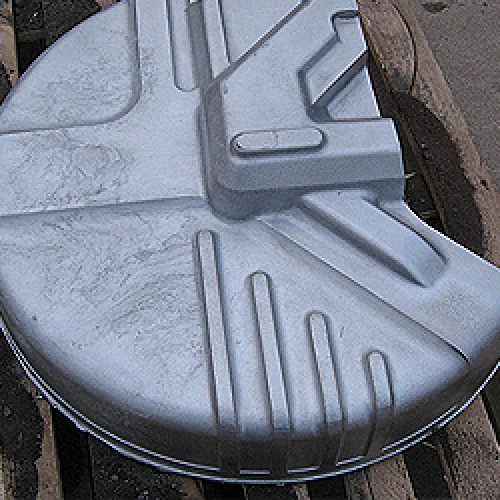Conventional vacuum casting techniques employ state-of-the-art processing environments when manufacturing structurally sound components. The castings are high in mechanical strength, geometrically complex, and cost effective to bulk produce. Vacuum moulding dies are the shaped cavities that contain metal here in its liquid state, but the addition of several extra elements adds quality to the form, a level of detail that avoids rejected castings.
The Importance of a Vacuum
A vacuum is a desirable asset in the casting industry. First of all, we eliminate circulating air currents and gain control of specially injected gases that imbue heat-treated components with tempered strength when employing a vacuum. In the case of the die or cavity, the vacuum is used to form intricately detailed surface contours, thin-walled surface characteristics that find applications within the automotive industry and many other demanding engineering fields.
What are Vacuum Moulding Dies?
The die is basically a gas-free cavity. On looking closer, the mould seals completely on the outside, leaving only the sprue or gate open to the outside. A pressure differential can now be formed within the die and controlled. It’s the control of this vacuum that enables cost effective components to be fabricated and drops casting rejection quotas. In fact, the specially sealed dies reduce other parts-degrading factors, including gas-induced porosity, thus making the technique eminently repeatable. In order to create the perfect seal, the airtight enclosure employs additional influencing components, auxiliary parts that include die sprayers and specially lubricated plungers, pistons that smoothly inject the molten metal into the die.
Expertly Engineered
Manufacturing tolerances are high on the outside of the die and equally detailed on the inner surfaces, the profile that actually shapes the cooling metal. On the inside, it’s geometrical accuracy that drives this design. Meanwhile, on the outside of this specialised die, an immaculate seal, one that’s completely airtight, forms the core of the engineering criteria. Remember, the die is under stress from heat and pressure. The seal and therefore the vacuum must be maintained so that the die material doesn’t expand or contract as thermal events peak.
The current crop of vacuum moulding dies are highly efficient when it comes to producing automotive and aerospace components, all of the complex geometrical profiles used in commerce and industry, and the technology is still improving. Newer systems use computer controls, improved steels that bring superior heat profiles, and electro-pneumatic mechanisms that time every vacuum-assisted move to the split-second.


